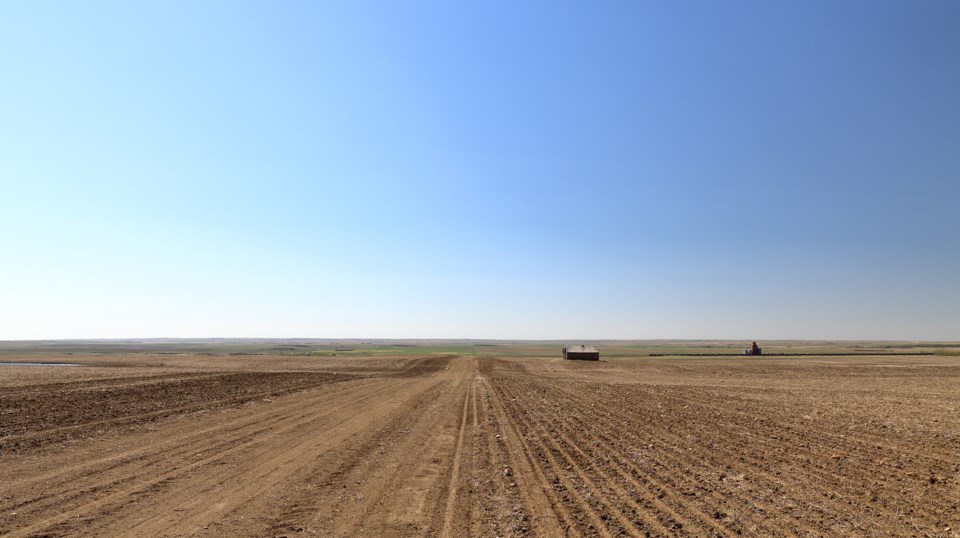The average value of Canadian farmland increased by 5.2 per cent in 2019, the smallest increase over the past decade, according to the latest farmland values survey from Farm Credit Canada (FCC).
Saskatchewan reported average increases slightly above the national average at 6.2 per cent.
Elsewhere in Western Canda, British Columbia was closest to the national average at 5.4 per cent, while Manitoba and Alberta had below-average increases at 4 per cent and 3.3 per cent, respectively.
“The days of sharp increases in farmland values continue to be replaced by more modest growth,” said J.P. Gervais, FCC’s chief agricultural economist.
Increases in farmland values reported across the country are as wide and varied as the factors that may have influenced them. Average farmland values have increased every year since 1993; however, increases were more pronounced from 2011 to 2015 in many different regions.
The COVID-19 pandemic makes the current economic environment challenging for farm operations and business owners throughout the entire food value chain, Gervais added
This year’s Farmland Values Report reflects factors that influenced average land values and prices in 2019, prior to the COVID-19 pandemic. Any impact from the pandemic will be captured in future reports, according to FCC.



